Are you ready to embark on an exciting journey towards becoming a skilled and confident driver in South Africa? Imagine the freedom and independence that comes with successfully obtaining your learner’s licence. Whether you’re a first-time driver or looking to refresh your driving knowledge, k53 Master is here to guide you every step of the way, we aim to help you pass your learners licence test on your first attempt. This learners licence South Africa guide, has got you covered.
In this comprehensive guide, we’ll explore the ins and outs of mastering the learner’s licence in South Africa. We understand the challenges and frustrations that may arise during the process, and we’re here to alleviate any concerns you may have.
From understanding the learner’s licence requirements to preparing for the written exam and practical driving test, we’ll cover it all. With our expert tips, helpful resources, and practical advice, you’ll gain the confidence and knowledge necessary for safe and responsible driving on South African roads.
Get ready to discover the secrets of passing your learner’s licence with flying colors. Let’s dive in and unlock the gateway to a lifetime of safe and confident driving.
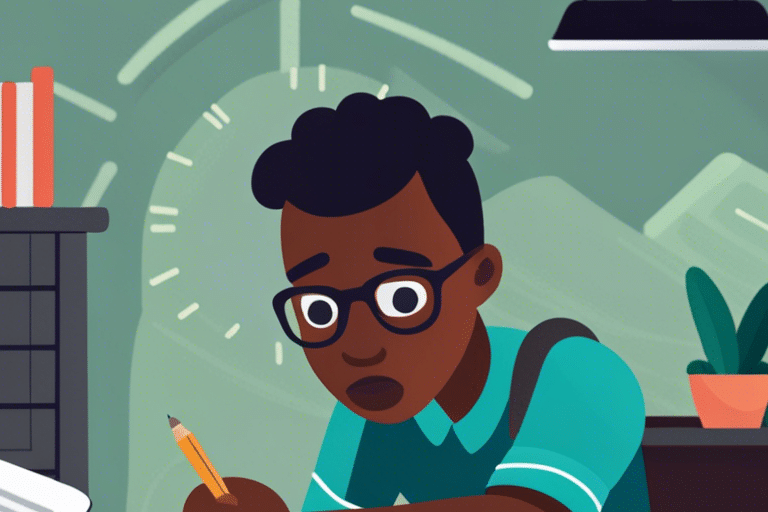
Short Summmery

- Understanding the learner’s licence: Learn the definition, purpose, and benefits of obtaining a learner’s licence in South Africa.
- Road signs and rules of the road: Gain knowledge about recognizing road signs, traffic rules, and regulations to ensure safe driving.
- Applying for the learner’s licence test: Get insights into the application process, required documents, and booking procedures for the learner’s licence test.
- Preparing for the learner’s licence test: Discover effective study strategies, mock tests, and valuable tips to pass the test successfully.
Understanding the Learner’s Licence
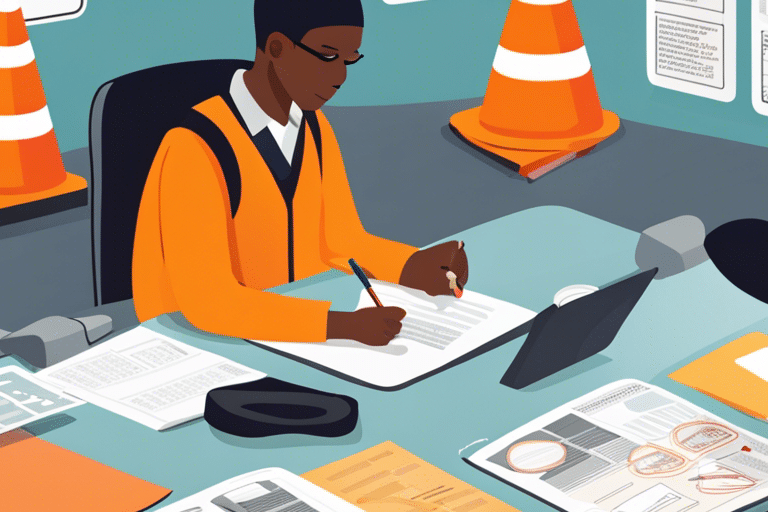
Obtaining a learner’s licence is an essential step towards becoming a safe and confident driver in South Africa. Before hitting the road as a licensed driver, individuals must first pass the learner’s licence test, which assesses their understanding of the rules of the road, road signs and markings and their ability to navigate various situations while driving. This section aims to provide a comprehensive overview of what a learner’s licence entails and how to navigate the process successfully.
1.1 What is a Learner’s Licence?
A learner’s licence is a provisional permit that allows individuals to drive a motor vehicle under certain conditions while they gain the necessary skills and knowledge to become a licensed driver. It serves as a stepping stone towards obtaining a full driver’s licence and is crucial for beginner drivers to familiarize themselves with the rules and regulations of driving on South African roads.
1.2 The Importance of a Learner’s Licence
The learner’s licence test is designed not only to assess an individual’s understanding of the rules of the road and road signs but also to instill essential driving knowledge that promotes road safety. It helps aspiring drivers develop the necessary skills, competence, and confidence to navigate various traffic situations appropriately. It is imperative to hold a learner’s licence before driving on public roads under the supervision of a licensed driver.
1.3 Obtaining a Learner’s Licence
To obtain a learner’s licence, one must meet certain requirements and follow a specific process. Here’s a step-by-step guide to help you navigate the procedure smoothly:
1.3.1 Eligibility Criteria
Before applying for a learner’s licence, ensure that you meet the following eligibility criteria:
Be at least 16 years old for a Code 1 (motorcycle) learner’s licence.
And at least 17 years old for a Code 2 (light motor vehicle) learner’s licence.
But you need to be at least 18 years old for a code 3 (heavy motor vehicle) learner’s licence.
1.3.2 Documentation
Gather the necessary documents for your learner’s licence application, which may include the following:
Proof of identity (such as an ID card or passport).
Proof of residence (such as a utility bill or lease agreement).
Two recent passport-sized photographs.
A eye test certificate from an optometrist.
1.3.3 Studying the Rules of the Road
Prepare for the learner’s licence test by studying the South African Road Traffic signs, rules, and regulations. Utilize reliable sources, such as the official South African learner’s licence book, or online resources offered by k53 Master, or enroll in a k53 learners licence masterclass.
Road Signs and Rules of the Road
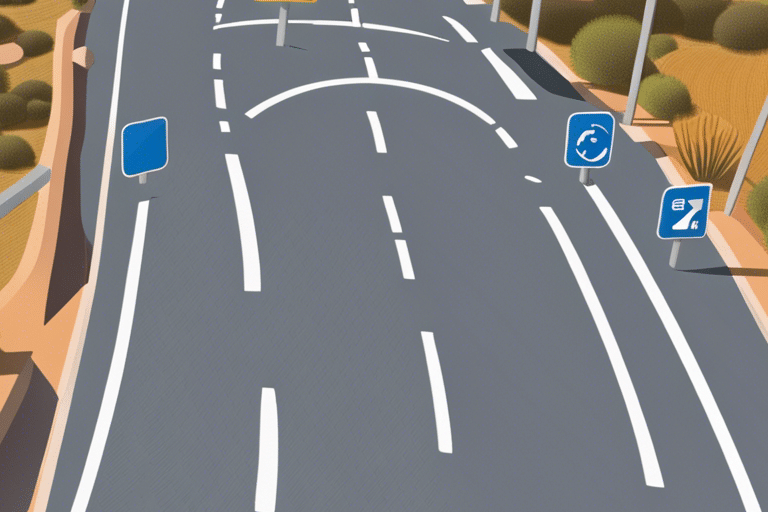
Understanding road signs and the rules of the road is essential for every aspiring driver in South Africa. This section will provide a comprehensive overview of the most common road signs and important regulations that you need to know in order to navigate the streets safely and confidently.
1. Road Signs
a) Regulatory Signs:
Stop Sign: This red octagonal sign instructs drivers to come to a complete halt at intersections. Remember, failure to stop at a stop sign can result in penalties such as fines or even the suspension of your learner’s license.
Yield Sign: This triangular sign indicates that you must yield the right of way to other vehicles or pedestrians approaching from the intersecting road.
Speed Limit Sign: These signs display the maximum speed limit allowed on a particular road. It’s crucial to adhere to these limits to ensure your safety and the safety of others.
b) Warning Signs:
Curve Ahead: This sign warns drivers of an upcoming curve or bend in the road. Reduce your speed and approach the curve with caution.
Pedestrian Crossing: This sign indicates that there is a designated crossing area for pedestrians ahead. Always be vigilant and yield to pedestrians at these crossings.
School Zone: This sign alerts drivers to the presence of a school nearby, indicating that caution should be exercised due to the increased pedestrian activity.
2. Rules of the Road
a) Traffic Flow:
Keep Left: In South Africa, drivers are required to drive on the left-hand side of the road. This ensures a smooth and organized flow of traffic.
Overtaking: Before executing an overtaking maneuver, make sure it is safe to do so. Only overtake when there is sufficient visibility and road space, and always return to the left lane once you have safely overtaken the vehicle.
b) Speed and Following Distance:
Speed Limits: Make sure to familiarize yourself with the speed limits for different types of roads. Remember, speed limits are in place to protect everyone on the road.
Following Distance: Maintain a safe following distance from the vehicle in front of you. A general rule of thumb is to leave at least a two-second gap, which allows for adequate braking distance in case of emergencies.
Key takeaway: Familiarize yourself with the various road signs and rules of the road in South Africa to ensure a safe and confident driving experience. Adhere to speed limits, maintain a safe following distance.
Applying for the Learner’s Licence Test

Before you can hit the road as a licensed driver, you need to obtain your learner’s licence. This crucial step allows you to gain the necessary knowledge and experience to become a safe and confident driver in South Africa. Here’s a comprehensive guide on how to apply for the learner’s licence test.
1. Understand the Requirements:
To apply for a learner’s licence in South Africa, you must meet certain requirements. These include being at least 17 years old for a light motor vehicle and at least 16 years old for a motorcycle. You also need to be a South African citizen, permanent resident, or have a valid temporary residence permit.
2. Gather the Necessary Documents:
To apply for the learner’s licence test, you will need to gather the following documents:
Original identification document (ID), passport, or foreign national document
Proof of address, such as a utility bill or lease agreement
Four black-and-white ID photographs
3. Schedule an Eye Test:
Before applying for the learner’s licence test, you must undergo an eye test. This test can be conducted at any registered optometrist, and you will receive a certificate to prove that you meet the required visual standards for driving.
4. Choose a Testing Centre:
Next, select a driving licensing testing centre that is convenient for you. There are various testing centres across South Africa, and you can find one close to your location. Make sure to check their operating hours and book an appointment if necessary.
5. Study the Road Signs and Rules:
Preparing for the learner’s licence test requires a solid understanding of South African road signs and rules of the road. These include speed limits, traffic signals, and road markings. Familiarize yourself with the road signs and the meaning behind each one. Study the South African Road Traffic Signs Manual to ensure you are well-prepared for the test.
6. Book and Pay for the Test:
Once you feel confident in your knowledge of the road signs and rules, it’s time to book your learner’s licence test. You can book online or visit the testing centre in person. Be prepared to pay the required booking fee, which may vary depending on your location.
7. Take a Mock Test:
To boost your confidence and ensure you are well-prepared, consider taking a mock test. Many online platforms offer mock tests that simulate the actual learner’s licence test format. This allows you to practice answering questions and familiarize yourself with
Basic Knowledge of a Motor Vehicle

Understanding the basics of a motor vehicle is essential for every learner driver. Before hitting the road, it’s crucial to have a good grasp of the various components and functions of a vehicle. This section will cover the fundamental knowledge required to operate a motor vehicle safely and confidently.
1. Vehicle Controls:
As a learner driver, you must familiarize yourself with the primary controls of a motor vehicle. These include the steering wheel, accelerator pedal, brake pedal, and clutch (if driving a manual transmission vehicle). Understanding how these controls work together and practicing their operation will build your confidence behind the wheel.
2. Dashboard Instruments:
The dashboard of a car provides important information about the vehicle’s performance and status. Common instruments include the speedometer, fuel gauge, temperature gauge, and odometer. It’s essential to understand how to read these instruments accurately to monitor your vehicle’s condition while driving.
3. Lights and Signaling:
Knowledge of the lights and signaling system is vital for safe driving. Familiarize yourself with the various lights on a vehicle, such as headlights, indicator lights, brake lights, and hazard lights. Understanding when and how to use these lights will ensure that you communicate your intentions effectively to other road users.
4. Road Signs and Markings:
Road signs and markings play a crucial role in guiding and informing drivers. Study the different types of road signs, including regulatory signs (such as stop and yield signs), warning signs (such as speed limit signs), and informational signs (such as road condition signs). Understanding these signs and their meanings will help you navigate the roads safely and comply with the rules of the road.
5. Vehicle Safety:
Ensuring the safety of yourself and others on the road is paramount. Learn about the importance of wearing seat belts, adjusting mirrors correctly, maintaining proper distance from other vehicles, and observing speed limits. Understanding these safety measures will help you develop good driving habits right from the start.
key Takeaway: Having a solid understanding of the basic knowledge of a motor vehicle is crucial for learner drivers. Familiarizing yourself with vehicle controls, dashboard instruments, lights and signaling, road signs and markings, and vehicle safety guidelines will help you become a safe and confident driver on South African roads.
Preparing for the Learner’s Licence Test

Passing the learner’s licence test is a crucial step towards obtaining your driver’s licence. It is essential to be well-prepared in order to confidently tackle the test and demonstrate your knowledge of the rules of the road. Here are some important steps to help you prepare effectively:
1. Familiarize Yourself with the South African Learner’s Licence Test: Before diving into the preparation process, it’s important to understand the structure and content of the learner’s licence test. The test will assess your knowledge of road signs, road rules, and the basic control of a motor vehicle. Familiarize yourself with the different categories of motor vehicles covered in the test, such as light motor vehicles, motor cycles, motor tricycles, and goods vehicles.
2. Study the South African Road Traffic Signs: Road signs play a crucial role in ensuring road safety. It is important to have a good understanding of the various road signs and their meanings. Study the South African Road Traffic Signs Manual, which provides comprehensive information about different types of road signs, including regulatory signs, warning signs, and information signs.
Useful Tip: Practice Recognizing Road Signs
Create flashcards or use online resources and practice recognizing and interpreting different road signs. This will help you become more familiar with their shapes, colors, and corresponding meanings.
3. Learn the Rules of the Road: The learner’s licence test will assess your knowledge of the rules that govern the use of public roads in South Africa. Study the South African Road Traffic Act and familiarize yourself with important concepts such as right-of-way, speed limits, lane discipline, signaling, and overtaking rules.
4. Master the Basic Control of a Motor Vehicle: Apart from theoretical knowledge, the learner’s licence test also evaluates your ability to operate a motor vehicle safely. Practice basic driving maneuvers such as starting the vehicle, steering, changing gears, braking, and parking. This will help you build confidence in handling a motor vehicle effectively.
Helpful Resource: Driving Classes
Consider enrolling in a driving school to receive professional guidance and hands-on practice. Driving instructors can provide valuable insights and correct any driving habits or techniques that may hinder your success after the learner’s licence test. Visit Bliksem Driving School for the best driving lessons in SA.
5. Take Mock Tests: To assess your level of preparedness, take mock tests that simulate the learner’s licence test. These practice tests will familiarize you with the format, time constraints, and types of questions you
Taking the Learner’s Licence Test

Preparing for the learner’s licence test is an essential step towards becoming a safe and confident driver in South Africa. This section will guide you through the process of taking the test, including important information, tips, and resources to help you succeed.
6.1 Booking Your Test Date
Before you can take the learner’s licence test, you need to book a test date at a driving licensing testing centre (DLTC) near you. Visit the website of the Department of Transport or contact your local DLTC to find out the booking procedure. It’s advisable to book your test well in advance as test availability can sometimes be limited.
6.2 What to Expect on Test Day
On the day of your test, make sure to arrive at the testing centre at least 30 minutes before your scheduled time. Bring all the required documents, including your identity document, proof of residence, and the booking confirmation. Be prepared for the following steps:
Eye Test: You will undergo an eye test to ensure that your vision meets the required standards for driving. If you wear glasses or contact lenses, make sure to bring them along.
Written Test: The learner’s licence test consists of multiple-choice questions that assess your knowledge of the rules of the road, road signs, and basic vehicle operations. Study the South African learner’s licence manual thoroughly to prepare for the written test.
Oral Test: In some cases, you may be required to participate in an oral test to demonstrate your understanding of road rules and other important information. Be prepared to answer questions verbally and confidently.
6.3 Tips for Success
To increase your chances of passing the learner’s licence test, consider the following tips:
Study the Learner’s Licence Manual: The official South African learner’s licence manual is a valuable resource that covers all the necessary information for the test. Spend sufficient time studying and understanding the content to ensure you are well-prepared.
Take Mock Tests: Online mock tests are available to help you become familiar with the format and types of questions you may encounter during the actual test. Practice as many mock tests as possible to gauge your knowledge and identify areas that require further attention.
Seek Guidance from a Driving School: Enrolling in a reputable driving school can provide you with essential guidance and support in preparing for the learner’s licence test. The instructors can help you understand difficult concepts and provide valuable tips for successful test completion.
6.4 After the Test
Once you passed your learners licence test, you can start taking driving lessons.
Road Safety and Practical Skills
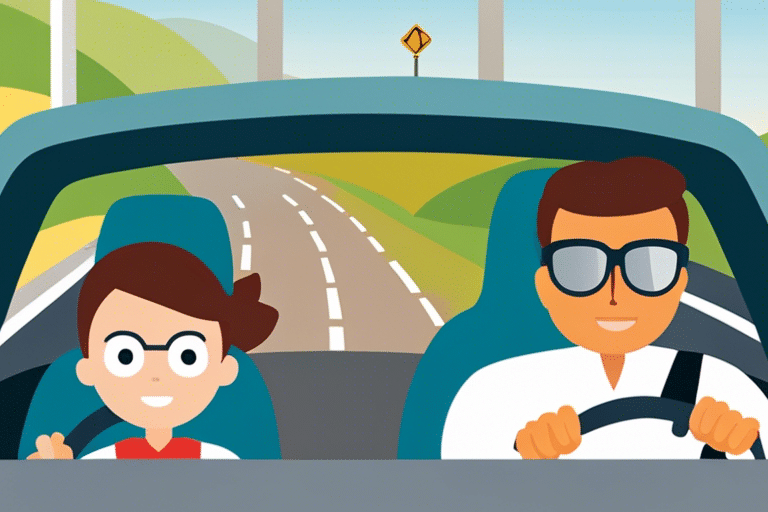
Road Safety: A Foundation for Responsible Driving (Keyword: road safety, responsible driving)
Ensuring road safety is a fundamental aspect of obtaining a learner’s licence and becoming a responsible driver. As a learner, it is crucial to develop the necessary knowledge and skills to navigate the roads safely. This section will explore the importance of road safety and provide practical tips to enhance your driving skills.
Understanding Road Signs and Rules of the Road
One of the key aspects of road safety is having a comprehensive understanding of road signs and rules of the road. These regulations exist to maintain order and ensure the safety of all road users. By familiarizing yourself with different road signs, you will be able to interpret and respond to them correctly while driving. Moreover, having a solid grasp of the rules of the road will help you navigate various driving scenarios confidently.
Here are some essential road signs you need to be familiar with:
1. Stop Signs: A red, octagonal sign that indicates drivers must come to a complete stop before proceeding.
2. Yield Signs: A triangular sign that alerts drivers to yield the right-of-way to oncoming traffic or pedestrians.
3. Speed Limit Signs: Circular signs with numbers indicating the maximum speed allowed on a particular road.
4. No Entry Signs: A red, circular sign with a white horizontal bar that prohibits entry into a specific area or road.
5. Pedestrian Crossing Signs: Diamond-shaped yellow signs placed near areas where pedestrians frequently cross.
Remember, these are just a few examples of common road signs. It is essential to study the full range of road signs in order to navigate the roads safely. Additionally, familiarize yourself with the rules of the road, including lane discipline, signaling, and right-of-way protocols.
Building Practical Driving Skills
In addition to understanding road signs and rules, it is crucial to develop practical driving skills. These skills will not only help you pass the learner’s licence test but also make you a confident and responsible driver. Here are some practical tips to improve your driving skills:
1. Practice in Different Road Conditions: Take the opportunity to drive in different weather conditions (such as rain, fog, or strong winds), as well as in various traffic situations (such as highways, inner-city roads, and residential areas). This exposure will help you become more comfortable and adaptable on the road.
2. Master Parking Techniques: Parking can be challenging for new learners, but with practice
The Next Steps: Obtaining a Driver’s Licence

Congratulations on passing the learner’s licence test! Now that you have successfully acquired your learner’s licence, it’s time to take the next steps towards obtaining your driver’s licence. This section will guide you through the process and help you become a licensed driver in South Africa.
1. Choose a Driving School
Before you can apply for a driver’s licence, it is highly recommended to enroll in a reputable driving school. Professional driving schools provide essential training to help you become a safe and confident driver. They offer comprehensive courses that cover both theoretical and practical aspects of driving. By joining a driving school, you will gain valuable knowledge and hands-on experience, improving your driving skills under the guidance of certified instructors.
2. Schedule a Driving Test
After completing the necessary training at a driving school, you’ll need to schedule a driving test at your nearest Driving Licensing Testing Centre (DLTC). The DLTC is responsible for conducting the practical examination to evaluate your driving skills. Remember to choose a suitable date for the test that allows you ample time to practice and prepare.
3. Gather Required Documents
Before appearing for the driving test, ensure you have all the necessary documentation. This includes your learner’s licence, proof of motor vehicle control, and any other relevant documents. Make sure everything is in order and up to date to avoid any complications during the process.
4. Prepare for the Driving Test
To ensure success in the driving test, it is crucial to be well-prepared. Familiarize yourself with the road rules and regulations as well as the various road signs. Practice driving in different scenarios, such as city streets, highways, and rural areas. Consider taking advantage of mock tests available online or through your driving school to simulate the actual driving test conditions.
5. Take the Driving Test
On the day of the test, arrive at the testing centre well before the appointed time. Present your learner’s licence and other required documents to the officials. The examiner will assess your driving skills and knowledge by evaluating your performance in various driving situations. If you successfully pass the driving test, you will receive an official date stamp indicating that you are now a licensed
Frequently Asked Questions (FAQs)
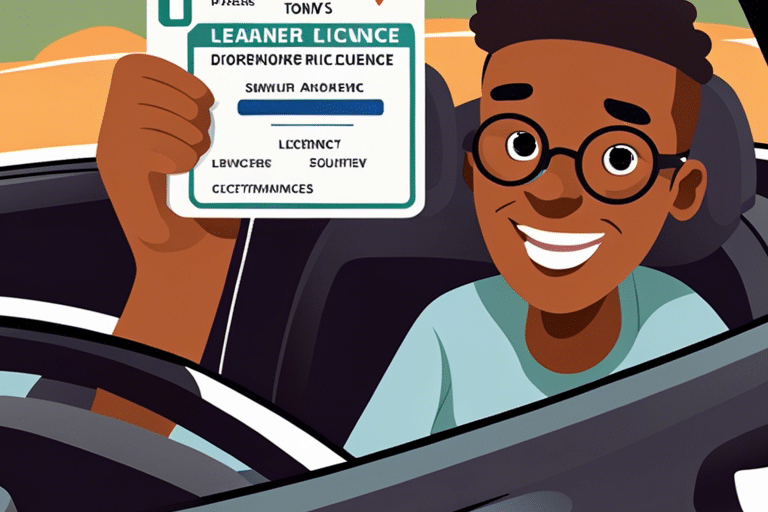
In this section, we will address some common questions that learners frequently have about the learner’s licence test and the process of obtaining a driver’s licence in South Africa. We aim to provide you with accurate and up-to-date information to help you navigate through this important milestone of becoming a safe and confident driver.
1. What is a learner’s licence and why do I need it?
A learner’s licence is an official document that allows you to practice driving under certain conditions. It is a mandatory requirement before you can apply for a driver’s licence in South Africa. It ensures that you have a basic understanding of the rules of the road, road signs, and the control of a motor vehicle.
2. How do I apply for a learner’s licence?
To apply for a learner’s licence, you need to visit a driving licensing testing centre (DLTC) in your area. You will need to bring your identification document (ID), two identical black-and-white ID photographs, a booking fee, and proof of residence. It is also recommended to bring along any additional documents that may be required based on your specific circumstances.
3. What should I study for the learner’s licence test?
The learner’s licence test covers a range of topics including road signs, rules of the road, and general knowledge about motor vehicles. As an aspiring driver, it is important to thoroughly study the relevant sections of the South African Road Traffic Signs Manual and the K53 learner’s guide. There are also online resources and mock tests available to help you practice and prepare for the test.
4. How do I schedule a learner’s licence test date?
You can schedule a learner’s licence test date by visiting your nearest DLTC or using an online booking system if available. It is advisable to book your test well in advance to secure a preferred date and time.
5. What happens during the learner’s licence test?
The test consists of multiple-choice questions that assess your knowledge of road signs, rules of the road, and other aspects related to driving. To pass the test, you need to answer a certain number of questions correctly. The test may include a visual screening test, an eye test, or a test of your ability to identify various road signs.
6. Can I drive on public roads with a learner’s licence?
Yes, you can drive on public roads with a learner’s licence, but there are restrictions in place. You must always be
Additional Resources and Support
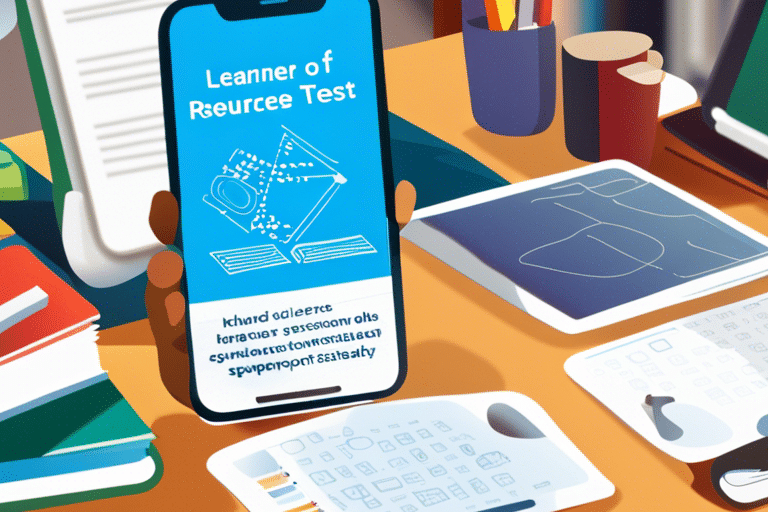
As you prepare for your learner’s licence test in South Africa, it’s important to be aware of the various resources and support available to help you succeed. Here are some valuable resources and support systems that you can utilize to enhance your knowledge and confidence: Remember k53 Master is by far the superior choice when it comes to preparing for your learners licence.
K53 Learners Licence Study Resources
1. Official South African Driving Licence Testing Centres: These centres are equipped to provide you with all the necessary information and guidance for obtaining your learner’s licence. Visit your nearest testing centre to access study materials, practice tests, and guidance from qualified instructors.
2. Online Mock Tests: Practice makes perfect, and taking online mock tests can significantly boost your preparation. K53 Master offers a free mock test that simulate the real learner’s licence test. This test can help you familiarize yourself with the format, questions, and time constraints, allowing you to identify areas where you need to improve.
3. The Road Traffic Management Corporation (RTMC) Website: The RTMC website provides a wealth of information about road safety, rules of the road, and the requirements for obtaining a learner’s licence. Take advantage of this official resource to access accurate and up-to-date information that will help you excel in your test.
4. Driving Schools: Enrolling in a reputable driving school can be immensely helpful in preparing for your learner’s licence test. Driving schools offer structured lessons, theory classes, and practical training to help you develop a comprehensive understanding of driving rules and techniques. Their experienced instructors can guide you through the learning process, ensuring that you are well-prepared for the test. The online learners licence masterclass offered by k53 Master covers everything you would learn at a driving school and more.
5. Local Libraries: Public libraries often have a wide range of books and study materials related to road safety and learner’s licence preparation. Visit your local library to access additional resources that can supplement your study materials and provide different perspectives on the topics covered in the test.
6. Study Groups: Joining or forming a study group with fellow learners can be an effective way to enhance your understanding of the material. Collaborating with others allows you to share insights, discuss challenging topics, and support each other throughout the preparation process.
Conclusion
In conclusion, obtaining your learner’s licence is a crucial step towards becoming a safe and confident driver in South Africa. By mastering the rules of the road, you can ensure the safety of yourself and others on the streets. Remember to take advantage of resources such as practice tests and study guides to enhance your understanding. To solidify your knowledge, consider enrolling in a comprehensive driver’s education program. These courses provide invaluable practical experience and expert guidance, equipping you with the skills necessary to navigate any driving situation. Don’t let fear or uncertainty hold you back from achieving your goal. Start your journey towards becoming a licensed driver today. Take the first step by scheduling your learner’s licence test and let your confidence soar as you embark on this exciting adventure.
FAQ
What are the next steps after I pass the Learner’s Licence test?
After you pass your Learner’s Licence test, you will need to complete a Driving Safety Course in order to get your full driving licence.
What is the Learner’s Licence test?
The Learner’s Licence test is a compulsory driving test in South Africa for new drivers aged 15 years or older. It is a minimum requirement for obtaining a driving licence.
What is the Learner’s Licence?
The Learner’s Licence is the first step on your road to safe and confident driving. It allows you to drive with a supervising driver, and to learn about the rules of the road.
What is the Learner’s Licence test like?
The Learner’s Licence test is a multiple-choice test that covers the basic rules of driving.

